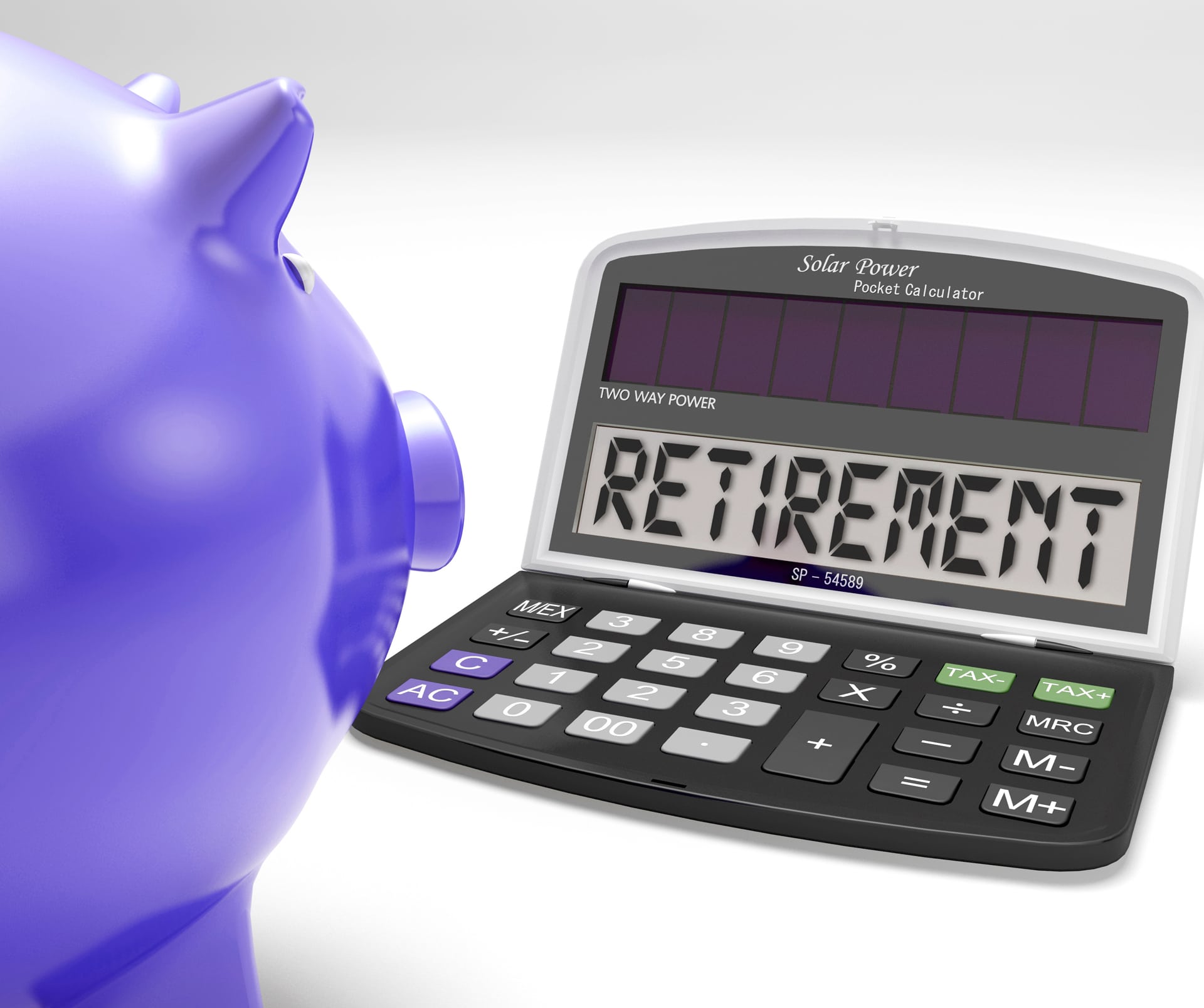Table of Contents
Aging in the United States can be difficult. 26% of Americans aged 65-74 are still working, along with 7.3% of those 75 and older. By 2030, the number of seniors 75 and older in the workforce is expected to nearly double. While longer life expectancies and developments in medical care play a role in some people choosing to work longer, it isn’t always a choice. Many remain in the workforce much longer than intended, because they can’t afford to retire.
In 2023, the average monthly Social Security retirement benefit is less than $1,800. That doesn’t go far in a city like Los Angeles, with one of the highest costs of living in the country. A solid retirement account can change that. But, it has to be protected.

How Retirement Accounts are Different
Many retirement accounts, including employer-sponsored 401(k) accounts, are protected from creditors. That means if a creditor sues you for an unpaid medical bill or a defaulted loan or other debt, they can’t collect against your retirement account. IRA accounts and other private retirement accounts don’t enjoy the same level of protection.
California law protects the amount in the account necessary for the support of the debtor and their dependents on retirement. That means you may be able to keep some or all of your IRA or other non-ERISA retirement account, but that will depend on specifics such as your age, ability to work, income, and other resources.
For people in debt, this can go wrong in two different ways.
Cashing Out Retirement Accounts to Pay Debt
If your retirement account is a 401(k), you can’t take money out of it at will. But, you will have the opportunity to cash out your employer-sponsored 401(k) when you leave your job. You can also withdraw your 401(k) funds as early as age 59 ½, and may have the option of making a withdrawal from your 401(k) in a hardship situation.
There’s no restriction on withdrawing funds from your IRA. However, early withdrawals through cashing out a 401(k) on changing jobs or taking funds out of your IRA early carry penalties. But, it’s not unusual for people in debt to see any retirement funds that are accessible as a solution to mounting late fees and collection calls. That’s usually a bad idea for many reasons.
If you’re relatively young, you may think you have plenty of time to replace those funds. But, that’s often unrealistic–especially since larger account balances grow faster. If you’re older and hoping to clean up debt before you retire, you’re diminishing the funds you have to live on in retirement at a time when it’s unlikely that you’ll be able to build them back up.
Retirement Distributions Aren’t Protected
While money in your 401(k)–and to a lesser extent other types of retirement accounts–is protected from creditors, that money is no longer protected when it’s withdrawn. One option you have at age 59 ½ or older is to make a lump sum withdrawal of your retirement account funds. If you do that, the funds that moved from your 401(k) into your bank account or an investment account are no longer protected. The same is true with monthly distributions. A judgment creditor can reach those funds. If your debts are significant, that can gut the money that was meant to allow you to live comfortably in retirement.
How Bankruptcy Protects Retirement Funds
In California, the average retirement account balance is just over $450,000. Everyone’s expenses are different, but at the average L.A. cost of living of just under $4,000/month, those funds would last nearly 10 years. Add interest or investment income and Social Security retirement benefits and that time is expanded significantly.
But, what if a medical crisis a few years before retirement left the account holder with $250,000 in medical debt and $30,000 in credit card debt? When those retirement funds are distributed, they’re fair game. If creditors collect against those funds, the retiree is left with just $170,000 to show for their years of saving for retirement. That’s less than four years of living expenses at $4,000/month.
Chapter 7 and Retirement Funds
One quick, clean way to eliminate that risk is Chapter 7 bankruptcy. In Chapter 7, many unsecured debts can be wiped out entirely. That includes both medical bills and credit card debt. So, filing for bankruptcy and discharging those debts before you reach retirement can clear that type of debt while your retirement funds remain protected. That’s true even if your funds are in a non-ERISA account like an IRA. Different types of accounts are either fully protected or protected up to a balance of just over $1.5 million.
Note that if your retirement funds have already been distributed, those funds are now a non-exempt asset and could be distributed to creditors in Chapter 7.
Chapter 13 and Retirement Funds
The same exemptions apply to retirement accounts in Chapter 13 as in Chapter 7. But, there are a few differences that make Chapter 13 more appropriate in certain circumstances. For example, Chapter 7 bankruptcy doesn’t do much to help with secured debt, such as a mortgage. If you’re facing foreclosure, a Chapter 13 plan could allow you to pay past-due balances over three to five years while you continue to make your regular monthly payments.
Some 401(k) plans allow for hardship withdrawals to stave off mortgage foreclosure. But, a Chapter 13 plan may allow the homeowner to avoid foreclosure without disturbing retirement funds.
Talking to a Los Angeles Bankruptcy Lawyer is the First Step
If this all sounds a bit complicated, don’t worry. You don’t have to sort it out on your own. If you’re struggling with debt, talk to an experienced California bankruptcy lawyer at Borowitz & Clark before you make any decisions. The initial consultation is free. Just call 877-439-9717 right now, or fill out the contact form on this page.
